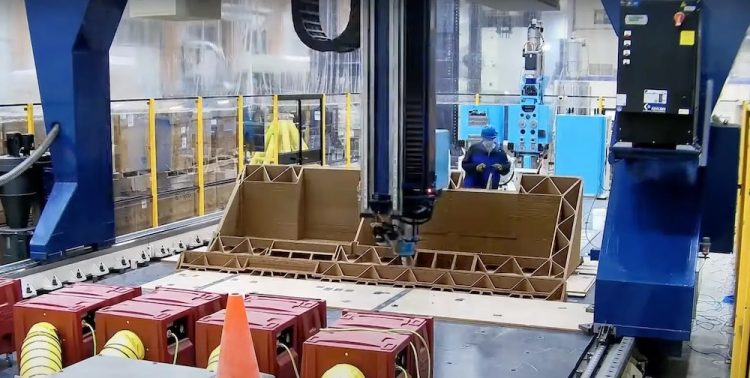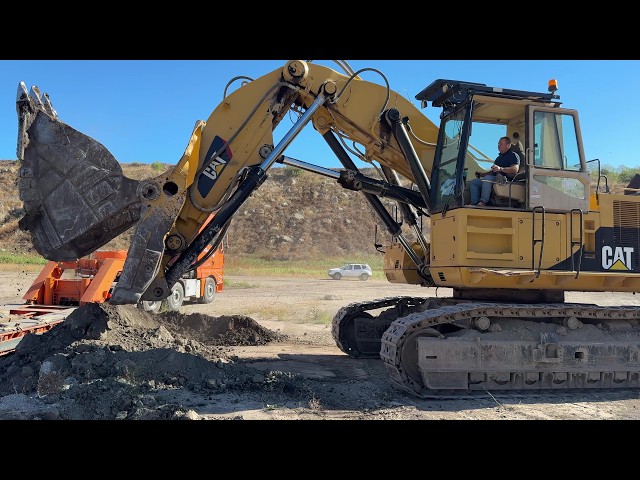In a groundbreaking development poised to revolutionize the construction industry, the unveiling of the Factory of the Future 1.0 (FoF 1.0) printer promises to redefine the way we build homes and structures. With the capability to print objects of staggering dimensions—29 meters in length, 10 meters in width, and 5.5 meters in height—this colossal printer represents a monumental leap forward in additive manufacturing technology.
But the FoF 1.0 is not just about size; it’s about speed and versatility. Clocking in at an impressive rate, this printer can churn out material weighing 227 kilograms per hour, making it a formidable force in the realm of large-scale construction projects. What sets it apart is its ability to dynamically adapt its printing techniques, seamlessly transitioning between various methods to tackle even the most complex tasks. From additive manufacturing to subtractive processes, continuous tape laying, and robotic arm operations, the FoF 1.0 is a multifaceted marvel.
What truly sets this technology apart is its sustainability aspect. By prioritizing biologic materials such as wood residues, the FoF 1.0 not only minimizes waste but also offers a more eco-friendly approach to construction. This focus on sustainability aligns with the growing global demand for environmentally conscious building practices.
Already, the implications of the FoF 1.0 are far-reaching. With projections indicating its potential to address housing shortages and deliver affordable homes at an unprecedented pace, stakeholders in both the public and private sectors are taking notice. Investments from entities like the US Department of Defense and the Department of Energy underscore the printer’s significance beyond traditional construction applications, with plans to utilize it in the production of maritime vessels and submarines, highlighting its strategic importance for national security.
As construction projects evolve and expand, the FoF 1.0 stands ready to meet the challenges of the future. With its twin counterpart at a university campus in Maine, these printers are already making waves in the industry, paving the way for a new era of innovation in construction technology. As the world embraces the potential of additive manufacturing, the FoF 1.0 emerges as a beacon of progress—a testament to human ingenuity reshaping the very foundations of how we build.









